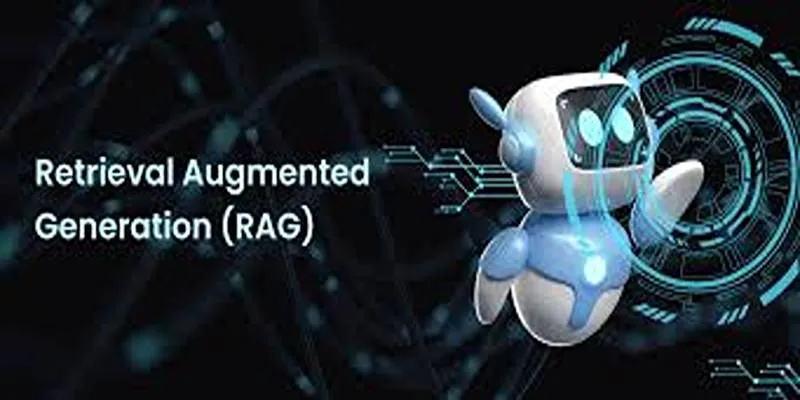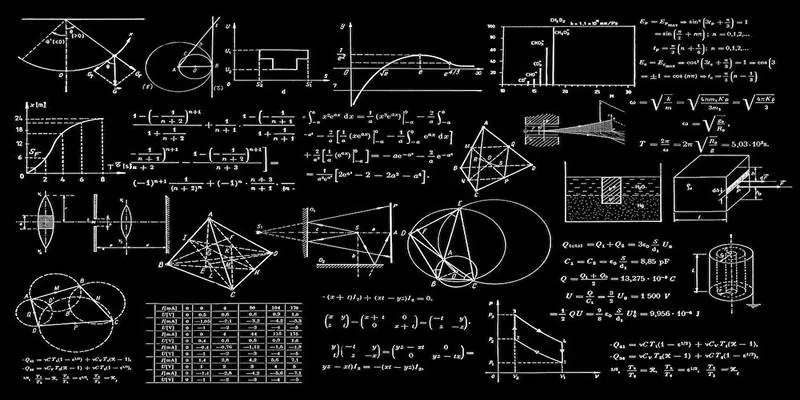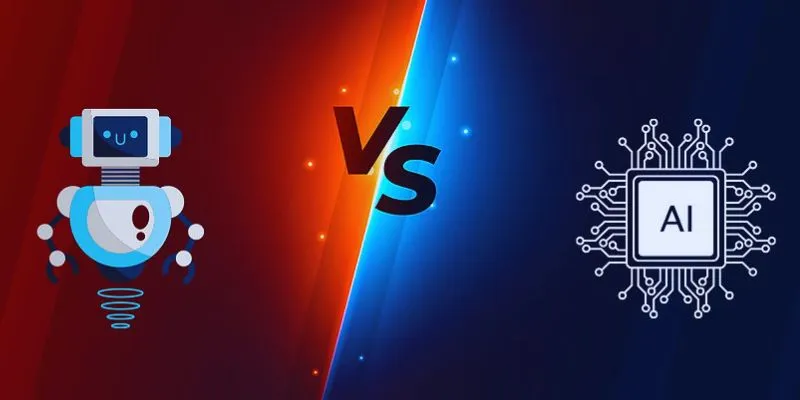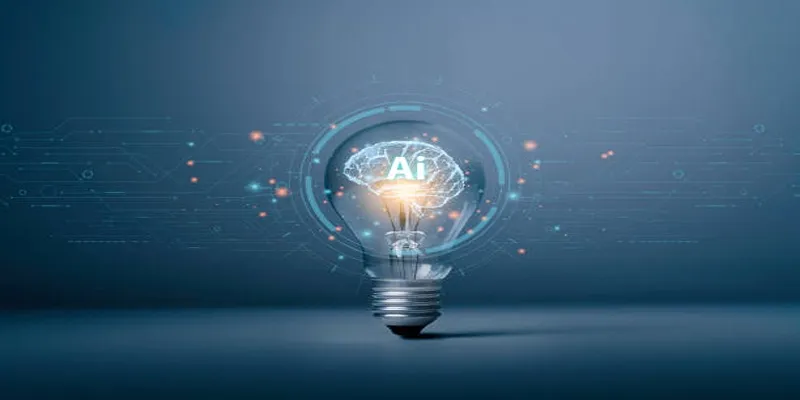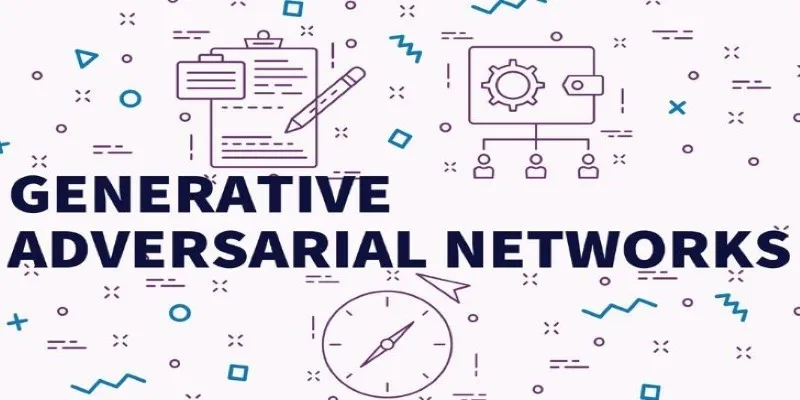Generative artificial intelligence is revolutionizing how we create information, design visuals, and interact with technology. From crafting realistic images to drafting documents, AI-powered tools simplify and accelerate various tasks. These technologies help businesses, artists, and writers boost productivity and foster creativity. However, understanding key terms is crucial to fully grasp Generative AI’s potential.
Terms like machine learning, deep learning, neural networks, and GPT may seem complex, but they are fundamental to the evolution of artificial intelligence. By understanding these concepts, you can apply AI effectively, regardless of your experience level. This article breaks down the most significant terms in straightforward language, ensuring you understand how AI generates text, graphics, and voice.
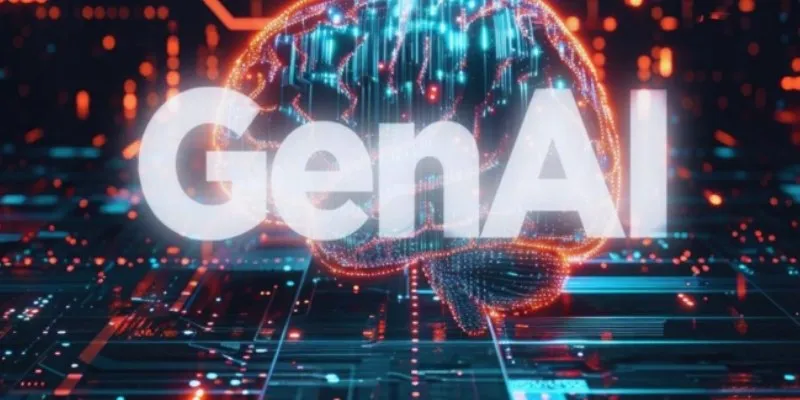
Essential Terms in Generative AI
Here are some crucial terms in Generative AI, explained to enhance your understanding of their meaning and applications:
Artificial Intelligence (AI)
Artificial intelligence (AI) is a broad field in computer science that enables machines to mimic human intelligence. AI systems can identify patterns and make decisions based on data analysis. The goal of AI is to create machines capable of performing tasks that typically require human intelligence, such as learning, decision-making, and problem-solving. AI is categorized into different types based on its capabilities, including narrow AI (or weak AI), which is designed for specific tasks like virtual assistants or recommendation systems.
Machine Learning (ML)
Machine learning (ML) is a subset of AI where computers learn from data without explicit programming. ML systems analyze data patterns to make predictions or decisions, rather than simply following precise instructions. The more data these systems process, the better they perform their tasks.
There are three main types of machine learning:
- Supervised Learning: Involves training on labeled data, where inputs are paired with known correct outputs. This is useful for applications like medical diagnosis systems and spam filters.
- Unsupervised Learning: The system identifies patterns in data without predefined labels, commonly used in customer segmentation and anomaly detection.
- Reinforcement Learning: The system learns by trial and error, receiving rewards for successful behaviors. It’s used in robotics and AI game-play.
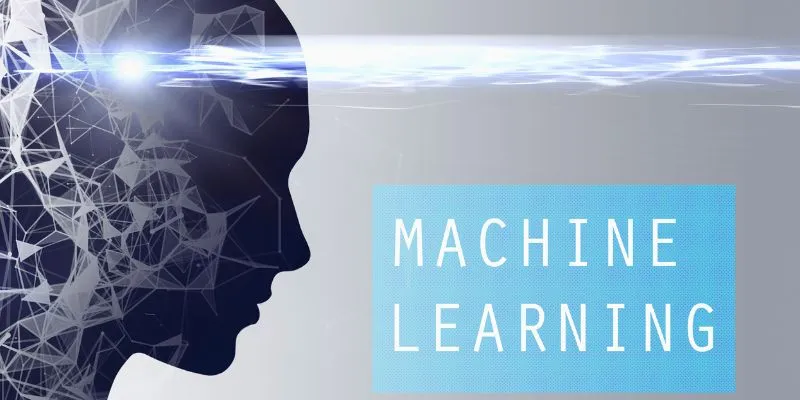
Deep Learning
Deep learning is a form of machine learning that uses multi-layer neural networks to process data. It allows AI systems to identify complex patterns in large datasets by mimicking the way human brains process information. Deep learning is particularly effective in tasks like image recognition, language translation, and speech processing. These models improve over time as they process vast amounts of data, leading to high accuracy in tasks like recognizing spoken words or differentiating between objects in an image.
Neural Networks
Deep learning is powered by neural networks, which are layers of interconnected units, or neurons, that process and analyze data. These networks enable AI to learn and make complex decisions by simulating the functioning of human neurons. A neural network typically consists of three primary layers: an input layer that receives raw data (such as text or images), hidden layers that identify patterns through mathematical operations, and an output layer that generates the final product, like text or images. AI models such as GPT and DALL-E utilize neural networks to produce creative content and human-like responses.
Large Language Models (LLMs)
Large Language Models (LLMs) are AI models developed based on extensive text data. These models respond meaningfully according to the context and comprehend human language. The quality and accuracy of the model’s output improve with larger datasets. Popular LLMs include T5, BERT, and ChatGPT, which are used in chatbots, automated writing assistants, and language translation systems. LLMs have transformed how businesses interact with customers, enabling more natural and intelligent conversations. A key benefit of LLMs is their ability to generate high-quality text with minimal data input.
Natural Language Processing (NLP)
Natural Language Processing (NLP) is a subfield of AI that allows computers to interpret human language. NLP enables AI systems to understand text, recognize speech, and generate human-like responses. AI relies on NLP to create coherent writing, answer questions, and summarize information. Without NLP, AI- generated content would lack coherence and relevance.
Generative Pre-trained Transformer (GPT)
The Generative Pre-trained Transformer (GPT) is one of the most advanced AI models for natural language generation. Developed by OpenAI, GPT models predict the next word based on context, producing human-like text through deep learning. ChatGPT is a popular GPT model widely used for coding assistance, content creation, and chatbots. The success of GPT-based AI has revolutionized text-based content creation and automated customer interactions.
Transformer Models
Transformer models are AI architectures designed for processing text sequences, allowing AI to understand language better than previous models. Unlike traditional models, transformers process entire sequences of words simultaneously, improving speed and accuracy. The GPT series and BERT are built on transformer architectures. Transformers have advanced text generation, translation, and summarization, fundamentally transforming AI capabilities. Most modern Generative AI systems are based on these models.
Text-to-Text Models
Text-to-text models generate new text based on input text, facilitating tasks like rewriting, summarizing, and answering questions. These models enhance data analysis and automate content generation. Examples include BERT, T5, and ChatGPT. These AI algorithms assist businesses in creating marketing text, rewriting content, and automating customer support responses. AI has revolutionized various industries by reducing the time required to produce written material, enabling writers, businesses, and educators to be more creative and efficient.
Conclusion
Generative AI is transforming automation, communication, and content production. Understanding key terms like machine learning, deep learning, and neural networks helps appreciate how AI creates sounds, images, and text. These technologies enable solutions like ChatGPT, DALL-E, and NLP-based assistants, streamlining and speeding up tasks. Keeping up with advancements in large language and transformer models will be crucial as AI evolves. AI- driven tools are shaping the future of research, creativity, and industry. Learning these terminologies will help you better utilize and navigate Generative AI, keeping you ahead in this rapidly developing field.
 zfn9
zfn9





